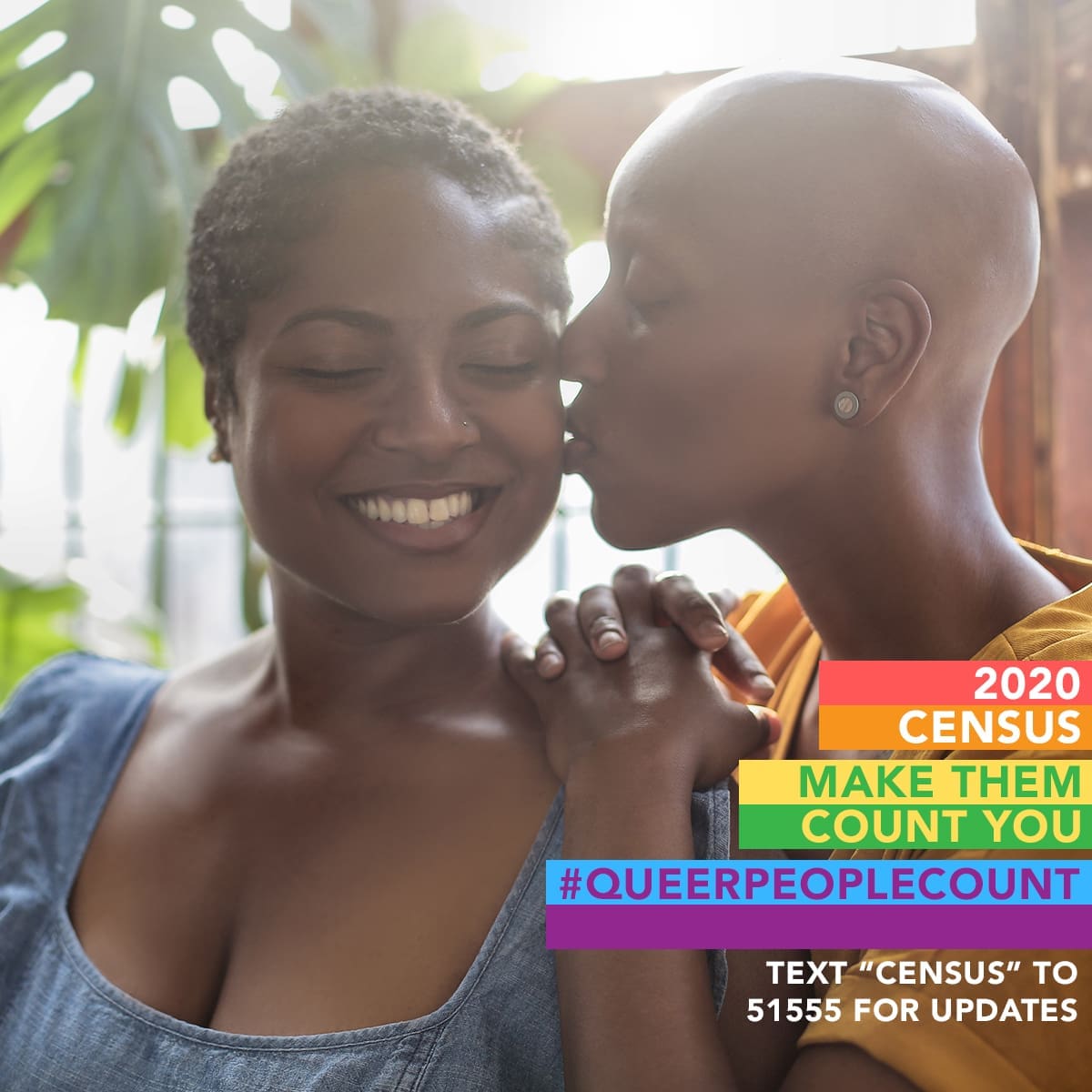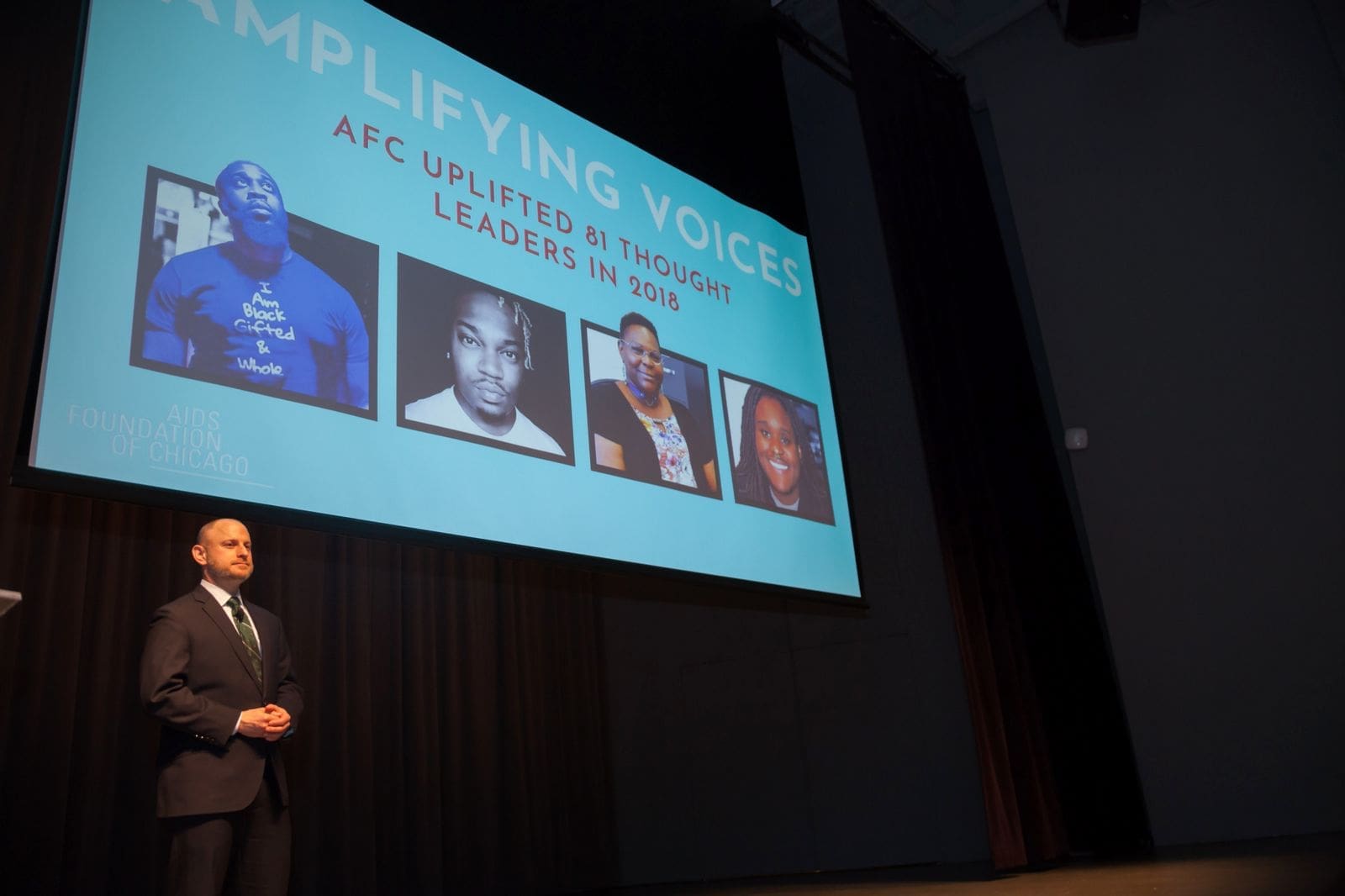By Ella Shapiro
Before the COVID-19 pandemic, Milani Varela, 33, used to take the Chicago Transit Authority (CTA) twice a week to a clinic where she attended individual and group therapy sessions. When her clinic closed to support social distancing, Milani’s therapy sessions moved to Zoom. This let Milani sleep in later, save money on transportation and reduce her risk of exposure to COVID-19.
But the real benefit Milani found was witnessing more people have access to mental health care, a change Milani is deeply passionate about.
“For some people, I find that because of specific mental health issues, like depression, they really can’t get out of bed to actually go to therapy,” said Milani, an ambassador for the Centers for Disease Control and Prevention (CDC)’s Lets End HIV Together campaign. “But they know that they [now] have an option of not getting out of bed and still being able to participate through Zoom.”
These Zoom therapy sessions are a result of an executive order that Gov. J.B. Pritzker passed in response to COVID-19. This order expanded telehealth services for all Illinoisans, meaning that all residents could access medical care, mental health care, substance use care and case management services virtually, through phone calls, FaceTime or Zoom video calls like Milani is doing.
Currently, AIDS Foundation Chicago (AFC) is partnering with the statewide Coalition to Protect Telehealth, the Illinois Health and Hospital Association and other community partners to advance HB3498. If enacted, the legislation would make telehealth services permanently available in Illinois.
While Milani misses seeing her provider and group in person, Milani’s online therapy sessions have made it possible for her to safely sustain a sense of community during a time of increased isolation. Because of the elimination of barriers related to the cost and physical demands of travel, Milani’s group sessions have also grown and added new members to her mental health community.
“I see people that would not come to therapy, or be in the group therapy, because… they couldn’t travel,” said Milani. “The numbers might not be huge, but there’s a bigger number [of people attending] than there sometimes would be for in-person therapy.”
While Milani has found Zoom therapy sessions to be an incredible option, she wished she had the same options for her physical health. In spring of 2020, Milani had a telehealth doctor’s visit with her primary care provider that resulted in a request for in-person lab work. Milani has not yet had these labs run due to the continued risk of COVID-19 exposure and the challenges of traveling to and from her doctor’s office. Now that COVID-19 cases are decreasing, Milani plans to get back on track with scheduling her appointments.
Milani’s experience is consistent among other people in her age group. A survey conducted by Harmony Healthcare IT reported that 73% of millennials search for medical advice online before contacting a doctor, and 48% of millennials would prefer to see a doctor virtually rather than in-person.
Telehealth services have increased accessibility and made it easier than ever for Milani, and many others, to take care of their mental health and stay connected with their communities even during these difficult times.
“When it comes to therapy, I feel it’s a little easier to do it through Zoom,” Milani said. “I would love to keep it that way.”
If you’d like to join Milani in advocating for the permanent expansion of telehealth services, call or email your state legislator and ask them to support HB3498, the legislation that would ensure permanent access to health care through telehealth. To find out who your state legislator is, click here.



